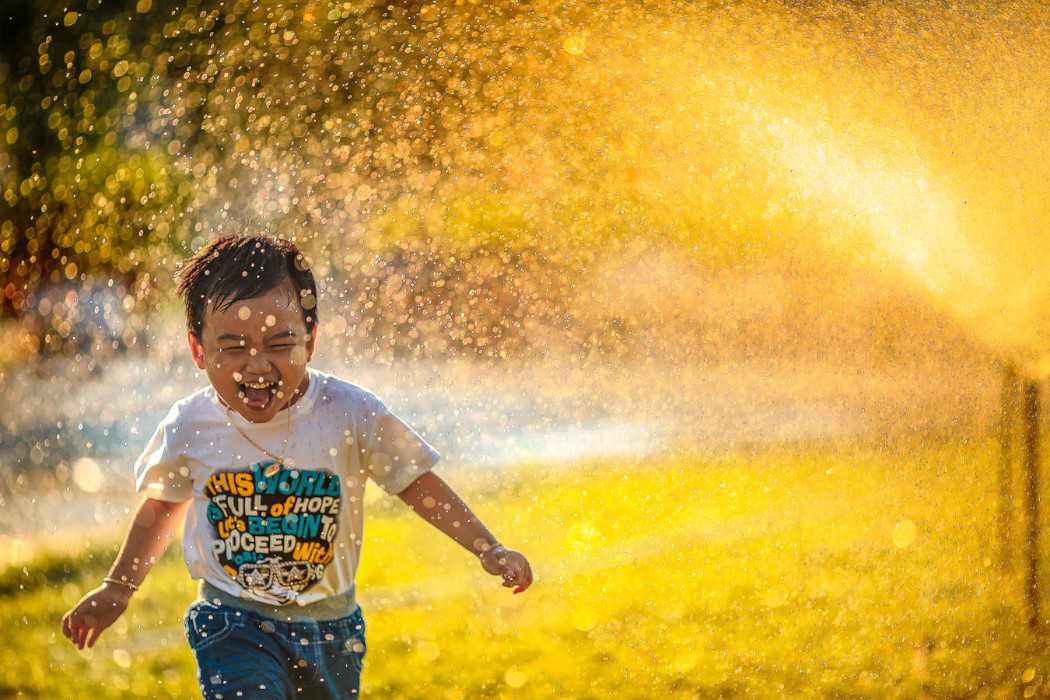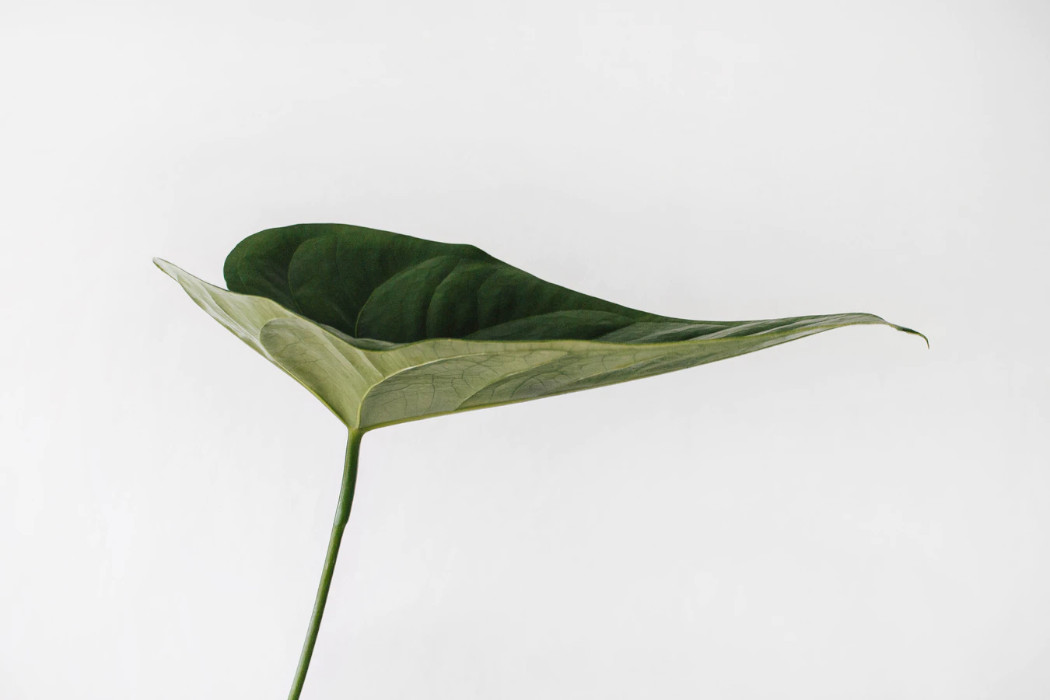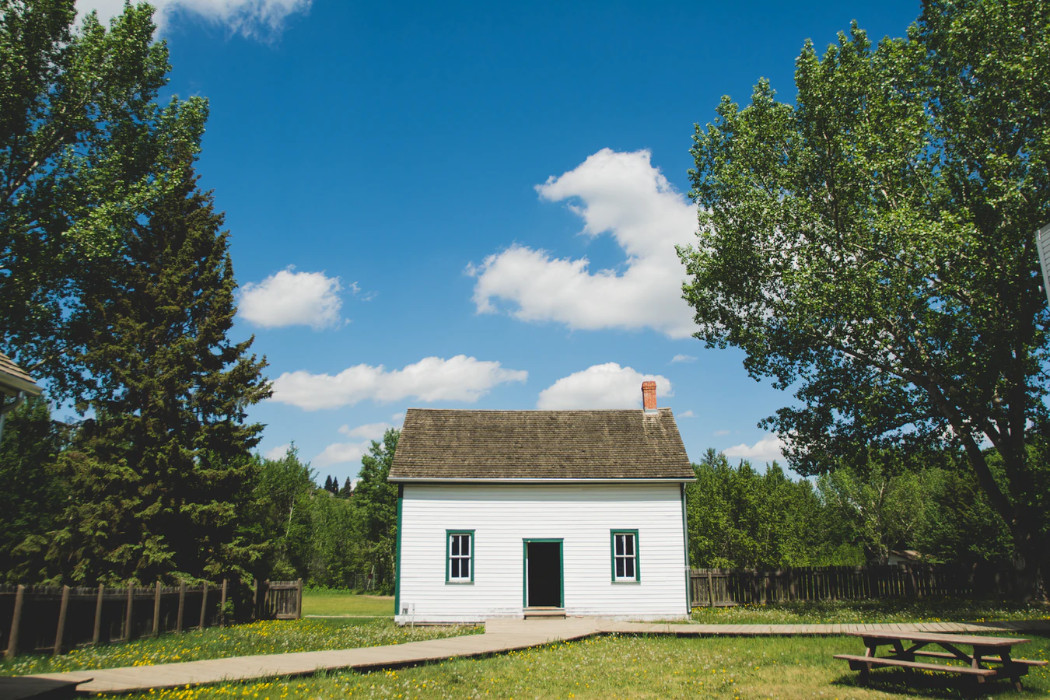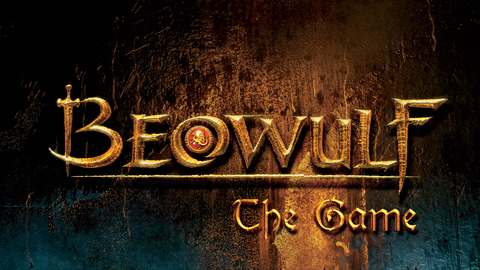Tragedy is remarkably economical in its exploitation of great visual archetypes – those stark icons which radiate behind the tragic action and illuminate the universal agony within the private grief. Of all such icons, the most poignant is perhaps, that of “Pieta” – the image of sorrowing Mary mourning her dead son – an icon so insistent and iterative, as almost to create something of a sub-genre in modern tragedy. Synge’s dramatic genius lies in the way he has employed the motif of Pieta in Riders and has made it radiate with his particular tragic vision. The Mary in Riders to the Sea is a fate battered Aran peasant woman who after the excruciatingly painful exhaustion of her motherhood attains a transcendence that gives her a spiritual victory.
The one-act play form restricted Synge from presenting Maurya as a complex individual but it is her very simplicity which testifies to the passionate intensity of her feelings. It is only through Maurya’s speeches that we are made to feel the deep tragedy which defines her existence and her eventual attainment of tragic dignity.
Maurya’s life has been a series of bereavements brought about the pantheistic Sea that is both the giver and taker of life in the Aran. After losing her husband, father in law and her four sons to the ravenous Sea, she is mauled by Fate-symbolizing Sea to a point when her fifth son has been missing in the waters for nine days and her last son Bartley, the only signifier of her motherhood has resolved to go to the Galway fair – “a good fair for the horses”. Maurya, when the play opens resolutely resists the tragic axiom with which she concludes the drama, that of calm acceptance of death’s inevitability. For nine days she has been “crying and keening and making great sorrow in the house” for the loss of Michael and on the tenth day she struggles vainly against Necessity for the life of her last son. She clings desperately to the last vestiges of her identity as her mother and her passionate plea – “If it was a hundred horses, or a thousand horses you had itself, what is the price of a thousand horses against a son when there is one son only?” is a cry against the injustice of Fate which forces man to enter the jaws of death every time he tries to eke out an existence for him and his family. When Maurya words, “It’s hard set we’ll be surely that day you are drowned with the rest. What way will I live and the girls with me and I an old woman looking for the grave” is the querulous resistance of an old woman who has already foreseen in the omens of winds and stars, the death of her last living son. The acute unbearable pain of Maurya becomes clear to the readers through her vision of Bartley being shadowed by Michael on a grey pony – the ultimate omen of death. This vision is not just a mere hallucination but an extension of Maurya’s psychological realities. It is the cry of an anxious grief-stricken psyche caused by the extreme fear of losing her last living son.
Built into Maurya’s struggle against the sea is an almost fatalistic sense of pre-determined failure. It is so powerful an awareness of inevitable defeat that a mother’s blessing or the gift of bread becomes no more than a series of ineffectual gestures. Thus, Maurya is shown from the very beginning of the play to be suffering like a Greek hero, just like the Euripedean Hecuba or a Niobe, lamenting the loss of her sons. However, what actually gives the character of Maurya its tragic grandeur is how in spite of being rendered childless by Fate she does not accept defeat and attains tragic dignity which elevates her from her predicament of a lamenting mother to the stature of a prophet who has seen into the mysteries of life and death.
Once the inevitability of the loss of her son becomes clear to her she also begins to see the inevitability of Death as a process of life. With a pagan fatalism Maurya recounts all the deaths from which she has had to suffer and from this point there is a change of key in Maurya’s grief from a minor one of weak and regretful lamentation to a major key of the fearful revelation and dignified acceptance of the principles of mortality: “No man at all can be living forever, and we must be satisfied.” The whiteness of Death, coffin boards and the rocks against which Bartley was dashed are all subsumed in Maurya’s spray like hair as she confronts for the first time in the drama the inter-relationship between life and Death as a single process. She realizes that dead men bear children in their arms and grey scepter of doom runs behind the red pony of youthful strength and vitality. By accepting this vision of existence she emerges from her sense of submissive defeat in the face of an overwhelming force to one of dignity and triumph. Thus Maurya’s conflict with the sea and her crushing defeat gives her the poetic vision of life and the power to see beyond temporal life. She traverses the distance between personal and transcendental and becomes a seer with a mystic insight into the inscrutable ways of Fate. This is her final victory against the Sea and in it we see her tragic dignity. As she forgets the nails, she forsakes her pains and with the loss of her last son, the sea too loses its identity as a source of fear – “They’re all gone now, and there isn’t anything more the sea can do to me”.
Nine days of keening culminates in the tenth day of acceptance followed by a reconcilement with life which the contemplation of tragic reality provides to the sufferer. Once again Maurya finds herself able to bless and the words that chocked in her throat at the spring well are finally spoken as the blessing of the Universal Mother upon all her sons: “May the Almighty God have mercy on Bartley’s soul and on Michael’s soul, …………. And may he have mercy on my soul, Nora and the soul of everyone is left living in the world.” She remains in every sense a dignified tragic character who refused to accept defeat.
Some online learning platforms provide certifications, while others are designed to simply grow your skills in your personal and professional life. Including Masterclass and Coursera, here are our recommendations for the best online learning platforms you can sign up for today.
The 7 Best Online Learning Platforms of 2022
- Best Overall: Coursera
- Best for Niche Topics: Udemy
- Best for Creative Fields: Skillshare
- Best for Celebrity Lessons: MasterClass
- Best for STEM: EdX
- Best for Career Building: Udacity
- Best for Data Learning: Pluralsight
















